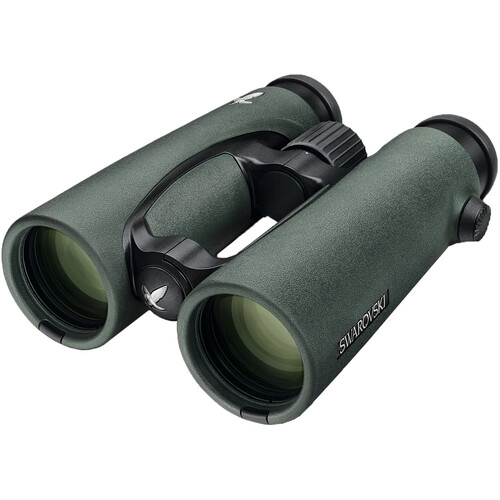Bird Watching Essentials: A Closer Look at Binoculars

Bird watching, the art of observing avian wonders in their natural habitat, is a hobby that brings joy, connection with nature, and a sense of wonder. To fully appreciate the intricate details of feathered friends perched high in trees or soaring through the sky, a trusty pair of binoculars is essential. In this article, we will explore the importance of binoculars for bird watching and offer some tips on selecting the perfect pair.
Why Use Binoculars for Bird Watching?
Binoculars enhance the bird-watching experience in several ways:
- Magnification: Binoculars bring distant birds closer, allowing you to see fine details like plumage patterns, colors, and subtle markings. This helps with bird identification and appreciation.
- Steadiness: Steadying binoculars against your eyes reduces hand tremors, providing a stable image for a better view. Some binoculars come with image stabilization features for even clearer images.
- Extended Field of View: Binoculars widen your field of vision, making it easier to spot birds in their natural habitats. They enable you to scan treetops, shorelines, and open skies more effectively.
- Reduced Disturbance: With binoculars, you can enjoy close-up views of birds without getting too close and disturbing their behavior or habitat. This helps in responsible bird watching.
Choosing the Right Binoculars
Selecting the perfect binoculars for bird watching involves considering several key factors:
- Magnification and Objective Lens Diameter: Binoculars are often labeled with two numbers, such as 8×42. The first number (8x) indicates magnification, while the second (42) represents the diameter of the objective lenses in millimeters. For bird watching, 8x or 10x magnification is ideal, as they offer a balance between image stability and a wide field of view.
- Field of View: A larger field of view is advantageous for tracking fast-moving birds. Look for binoculars with a generous field of view, typically expressed in feet at 1000 yards or meters at 1000 meters.
- Lens Coatings: High-quality binoculars often feature anti-reflective coatings on the lenses. These coatings reduce glare and improve light transmission, resulting in brighter and sharper images.
- Waterproof and Fogproof: Opt for binoculars that are waterproof and fogproof if you plan to bird watch in varying weather conditions or near water sources.
- Size and Weight: Consider the portability of your binoculars, especially if you’ll be hiking or traveling with them. Compact and lightweight models are more convenient for extended outings.
- Eye Relief and Comfort: If you wear glasses, look for binoculars with long eye relief for comfortable viewing with your glasses on. Adjustable eyecups also improve comfort.
Caring for Your Binoculars
To keep your binoculars in top condition:
- Clean the Lenses: Use a soft brush or lens pen to remove dust and debris. Use a microfiber cloth and lens cleaning solution for smudges.
- Protect from Impact: Store binoculars in a padded case to prevent accidental damage.
- Keep Dry: If your binoculars are not waterproof, avoid exposing them to rain or moisture.
- Regular Maintenance: Periodically check the focus and alignment, and if necessary, have them serviced by a professional.
In summary, binoculars are indispensable tools for bird watchers, offering a closer and more detailed view of the avian world. By selecting the right pair and maintaining them properly, you can elevate your bird-watching experience and gain a deeper appreciation for the beauty and diversity of our feathered friends.
We are affiliated with Amazon and make a small royalty at no extra cost to you, so by using the links below to purchase your next birding gear you can help us to maintain Simply Birding and continue to bring great content:

Canon, Sony and Nikon cameras: https://amzn.to/4gmtDWk

Lenses for bird photography: https://amzn.to/3WG3vyF

Tripods: https://amzn.to/3PVDNT0

Memory Cards: https://amzn.to/3PV4Y0z

Bird books: https://amzn.to/42NgsKS

Binoculars for bird watching: https://amzn.to/42G0nGZ

Spotting Scopes for bird watching: https://amzn.to/4hom5nq















